Estimated reading time 4 minutes
Table of Contents
Introduction
Are you a teacher with neurodiverse students? Do you need suggestions for how to best teach them? Neurodivergent and neurodiverse are non-medical terms that refer to people with non-traditional ways of thinking and learning (e.g., ADHD, ASD, Down syndrome, dyslexia, etc.). It attempts to give dignity to individuals by looking at the whole person and avoids looking at them as damaged goods or as a problem that needs to be fixed. Having said that, neurodiverse students will often need special teaching methods to have success in music. Keep reading How to Teach Music to Neurodivergent Students to learn how to better serve your own students.
This article uses musical terms. For definitions, see the Glossary at the end of the post.
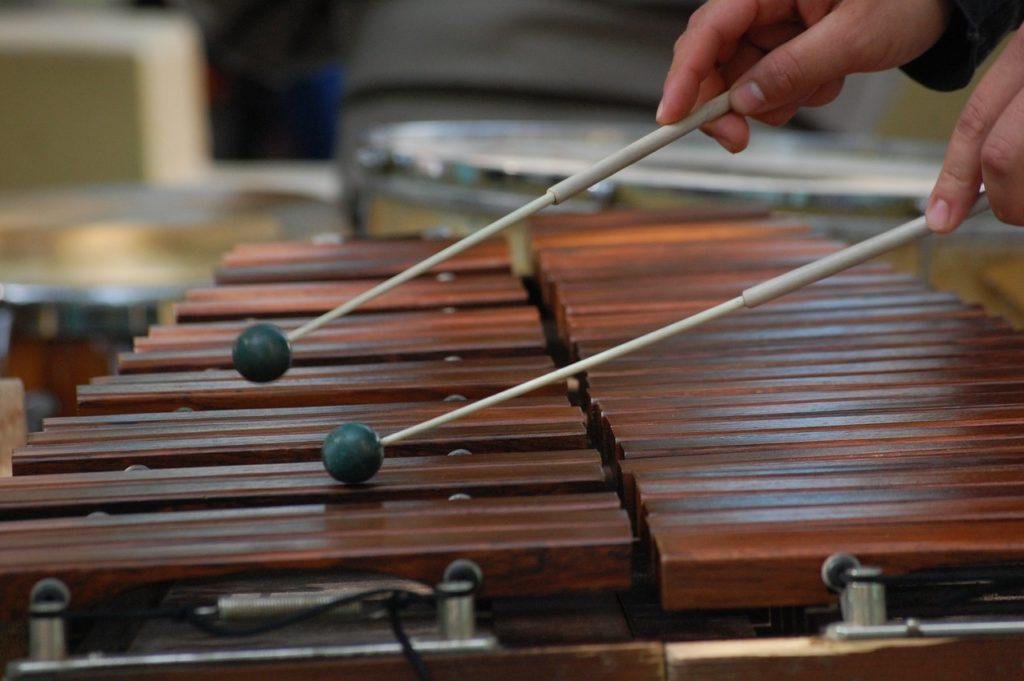
How to Teach Music to Neurodivergent Students #1: Focus on Individualized Learning
Use diagnostic teaching methods:
- This is a fancy way of saying that you customize your approach to fit your neurodivergent student’s learning style.
- First, figure out your students’ strengths and challenges – what do they do well and what do they need work on.
- Rote learning, visual aids, exploring instruments, and fun musical activities can all be effective for engaging your students.
- Multisensory strategies such as manipulatives and color coding will also help your neurodivergent students to have success.
- Be sure to pick method books that will set an appropriate pace for your student, even if the method book is designed for a younger student.
- This usually works well as long as your students doesn’t view the material as too “babyish.”
- Also, be sure to treat your students like any other kid. No one likes it when someone acts weird around them.
Color coding is a particularly effective tool in adapted music lessons to help neurodiverse instrumentalists to learn to read music:
- Color Coding Music for Success
- Playing the Piano with Color Coded Notes
- How to Color Code Guitar Tab
- How to Color Code Music Notes
- How to Color Code Rhythm
- How Does Your Brain Learn to Play the Piano with Two Hands?
- Special Needs Music Success
These links will be helpful for neurodiverse singers:
- Shape Note Sight Singing Success
- Singing with the Kodaly Rhythmic Syllables
- Sight Singing with Rhythmic Syllables
- Ear Training Exercises for Harmonizing in Tune
- Singing Major and Minor Harmonies in Tune
Use software, apps, manipulatives, and assistive technology where appropriate:
Video: How Effective is Color Coding in Music Lessons?
How to Teach Music to Neurodivergent Students #2: Lesson Structure and Activities
Students on the autistic spectrum will benefit from structure and routine:
- Because change can be unsettling for autistic students, a consistent lesson structure can help reduce your student’s anxiety, which in turn helps the student to be able to focus.
- Students with a limited vocabulary (or who need a lot of structure in the lessons) will often do well using a picture schedule.
- Creating an emotionally supportive learning environment is critical for your students’ growth and progress.
If your students are progressing slowly, don’t put pressure on them, because stress will only make things worse:
Dancing is an important pre-musical activity for young neurodiverse students:
- For young students, have them dance along with YouTube videos (in YouTube search for “preschool dancing movement songs”).
- For deaf students, search for videos with accurate sign language rather than just hand motions. (Because they can feel the rhythm in their bodies, deaf students will also be able to participate in percussion activities.)
- In addition, there are other musical movement games that students will enjoy while learning the steady beat and developing their gross motor skills. Google “preschool music activities” and “special needs music activities” to get ideas.
When your students are ready, you can teach them the steady beat by physicalizing the pulse:
For those students who struggle with reading music, improvisation can be an additional avenue toward musical participation:
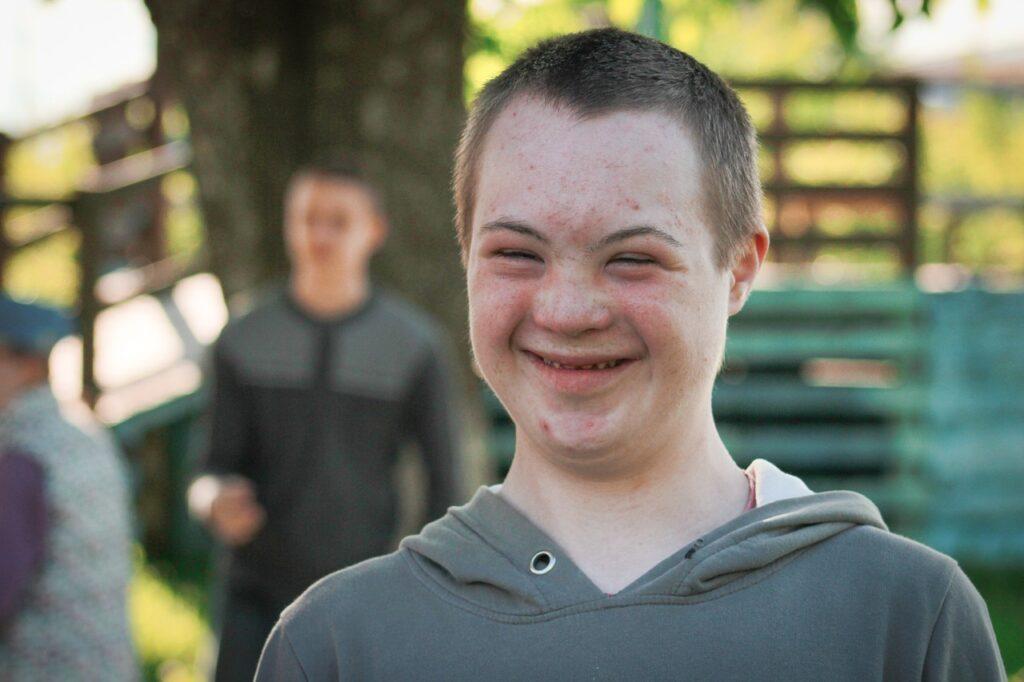
How to Teach Music to Neurodivergent Students #3: Additional Information on Different Neurodivergent Learning Styles
ADHD:
- Does ADD and ADHD Make People More Creative?
- Do You Want Advice on Teaching a Music Student with ADHD?
- Do People with ADHD Have Difficulty Playing from Sheet Music?
ASD:
- Is Playing the Piano a Suitable Activity for Autistic People?
- Tips for Teaching an Autistic Child the Guitar
Down Syndrome:
Dyslexia:
- What Is a Good Instrument for a Dyslexic Child to Learn?
- Learning Differences and Spatial Ability
- Positives to Dyslexia – Everything is Connected to Everything Else
- What are the Advantages of Dyslexia? Episodic Memory
- The Gifted Dyslexic and Insight Learning
Dyspraxia:
Giftedness:
Learning Disability:
Twice Exceptional (2E):
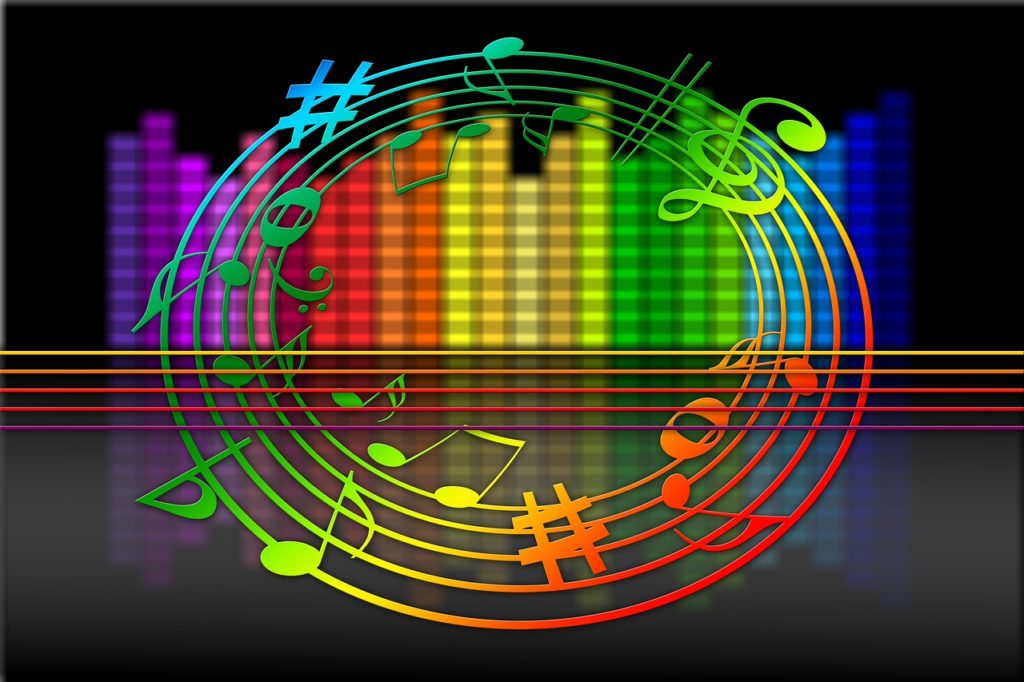
Final Thoughts
Takeaway points:
- First, figure out your neurodivergent students’ strengths and challenges – what do they do well and what do they need work on.
- Rote learning, visual aids, and fun musical activities can all be effective for engaging your students.
- Multisensory strategies such as manipulatives and color coding will also help your neurodivergent students to have success learning to read music.
- Because change can be unsettling for autistic students, a consistent lesson structure can help reduce anxiety, which in turn helps them to be able to focus.
- Creating an emotionally supportive learning environment is critical for your students’ growth and progress. Students with a limited vocabulary (or who need a lot of structure in the lessons) will often do well using a picture schedule.
- Dancing is an important pre-musical activity for young neurodiverse students.
- Be sure to treat your student like any other kid. No one likes it when someone acts weird around them.
Related Posts:
- Is There a Color Code for Music Notes?
- How to Graduate from Color Coded Music Notes: Part I
- Basic Music Notation Explained in Less Than 4 Minutes
- Can I Become a Music Teacher if I Have Special Needs?
- 50 Essential Music Symbols Explained in Less Than 5 Minutes
- The 5 Best Effortlessly Easy Metronome Practice Tips
- How Can I Write a Song Without an Instrument?
© 2025 Geoffrey Keith
Glossary
Powerful Popular MIDI (Musical Instrument Digital Interface)
Have you heard about MIDI and need to know what it is? Do you want to know how it can help you create music? MIDI is short for Musical Instrument Digital Interface. It’s an industry-wide open-source keyboard design protocol proposed by Sequential Circuits in the 1980s, and it’s still relevant today. Keep reading “Powerful Popular MIDI (Musical Instrument Digital Interface)” to find out what it is, and what it can do for you. Estimated reading time 2 minutes.
Read MoreHow to Tune Country Blues Guitar
Want to get the authentic sound of country blues guitar? Frustrated that your guitar sounds different from your favorite blues artist? The guitar’s tuning impacts the sound. Read more to learn how to tune country blues guitar to achieve an authentic blues sound. Estimated reading time 7 minutes.
Read MoreBest Music Program for Three-Year-Olds
As you may already know, Geoff from Success Music Studio is an expert in multisensory teaching, teaching piano to children as young as four-years-old. However, he has recently expanded to teaching three-year-olds a pre-instrumental music program that ultimately leads into piano lessons. Keep reading “Best Music Program for Three-Year-Olds” to learn more. Estimated reading time 2 minutes.
Read MoreI’d Like to Know the Meaning of the Word Cadence [Video]
“I’d like to know the meaning of the word cadence. How does it differ in language vs music?” Candence in music and language both have to do with regulating the flow of sound. However, even though the definitions are related, they’re not the same. Keep reading to learn more. Estimated reading time 3 minutes.
Read More
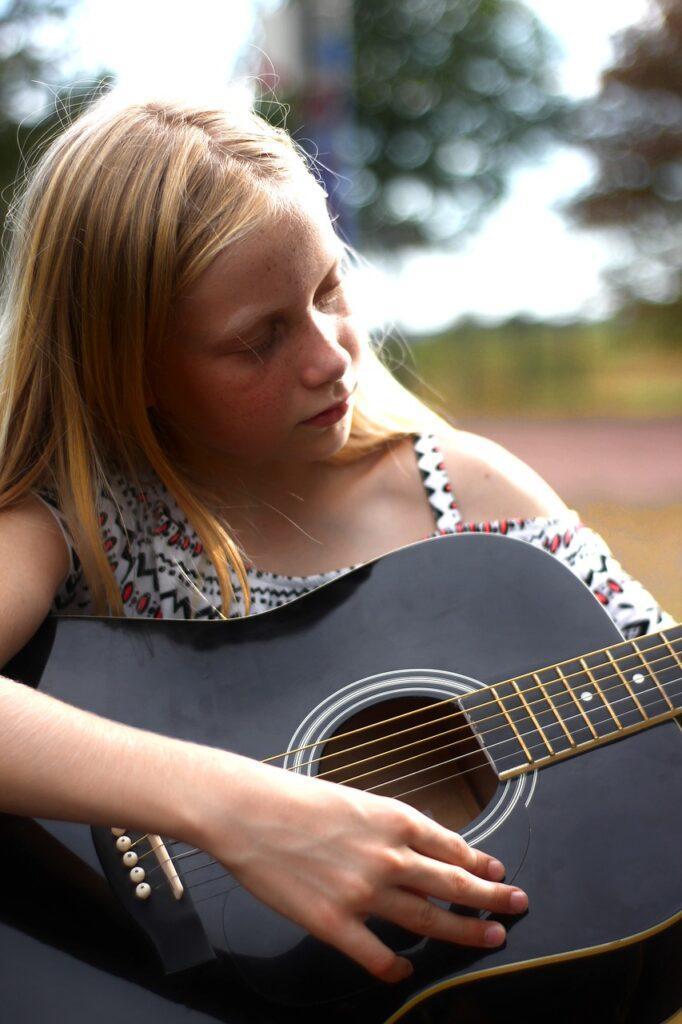
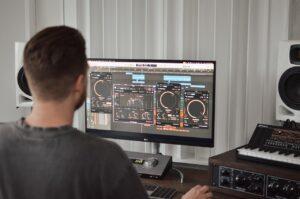
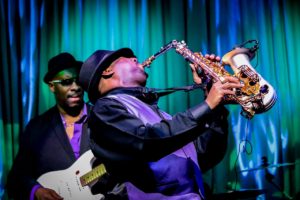

![I’d Like to Know the Meaning of the Word Cadence [Video] - Triangle](https://successmusicstudio.com/wp-content/uploads/2024/05/Id-Like-to-Know-the-Meaning-of-the-Word-Cadence-Video-Triangle-300x169.jpg)